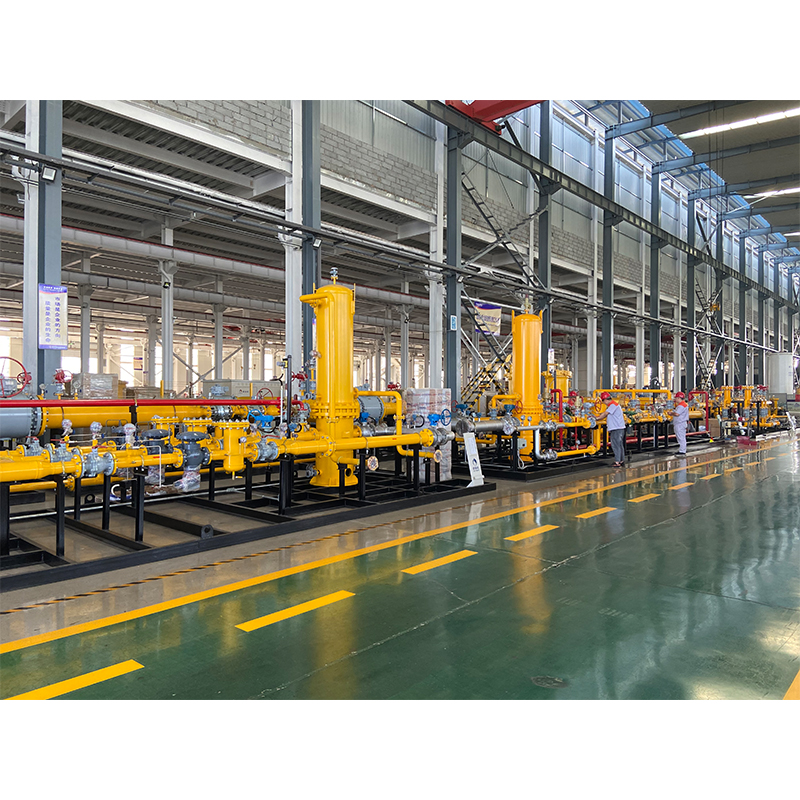
Sep . 08, 2024 06:51
Back to list
Electric Valve - High-Efficiency Control Solutions
Understanding Electrical Solenoid Valves Function and Applications
Electric solenoid valves are pivotal components in various industrial, commercial, and residential applications, playing a crucial role in the control of fluid and gas flow. These electromechanical devices operate using a solenoid, which is essentially a coil of wire that generates a magnetic field when an electric current is passed through it. The magnetic field then moves a plunger or armature, prompting the valve to either open or close, thus regulating the flow of substances in pipes or systems.
How Electric Solenoid Valves Work
The basic functioning of an electric solenoid valve starts with the electrical energization of the solenoid coil. When electricity flows through the coil, a magnetic force is generated, which pulls or pushes a plunger. This movement shifts the valve position — either normally open (NO) or normally closed (NC) — depending on the design. In a normally closed valve, the flow is stopped when no current is applied, while in a normally open valve, the flow is permitted until the solenoid is energized.
Electric solenoid valves can be classified based on multiple factors, including the number of ports (2-way or 3-way), the method of actuation (direct or indirect), and the type of body (plastic or metal). Each type has distinct uses in various industries such as automotive, HVAC, and manufacturing.
Applications of Electric Solenoid Valves
.
2. Heating, Ventilation, and Air Conditioning (HVAC) HVAC systems utilize solenoid valves to control the flow of refrigerants and water. By regulating temperature and humidity levels, these valves help maintain a comfortable environment in buildings.
صمام كهربائي

3. Industrial Automation In manufacturing and processing industries, solenoid valves control the flow of materials in assemblies and production lines. They contribute to automated processes, improving efficiency and reducing manual labor.
4. Water Management Systems In irrigation systems and water supply lines, electric solenoid valves control water distribution. This is crucial for efficient water management, ensuring that agriculture and residential areas receive the necessary supply without wastage.
5. Medical Equipment Solenoid valves are found in various medical devices. They manage the flow of gases and liquids in devices such as anesthesia machines and infusion pumps, ensuring patient safety and precise delivery.
6. Fire Protection Systems In fire suppression systems, solenoid valves play a vital role in controlling water flow to sprinklers and fire hoses. Their immediate response upon receiving a signal ensures effective fire management in emergencies.
Advantages of Electric Solenoid Valves
One of the foremost advantages of electric solenoid valves is their ability to respond quickly to electrical signals, making them suitable for applications that require real-time flow control. Additionally, they are relatively compact, which saves space in installations. Their installation is often straightforward and can be integrated with automated systems seamlessly. Moreover, electric solenoid valves require low maintenance and offer a longer lifespan compared to their manual counterparts.
Conclusion
In conclusion, electric solenoid valves are indispensable components in modern fluid and gas control systems. Their diverse applications across various industries underscore their importance in enhancing efficiency, safety, and automation. As technology advances, we can expect even greater innovations in solenoid valve designs, optimizing their performance and expanding their functionalities in an ever-growing number of applications.
Latest news
-
Safety Valve Spring-Loaded Design Overpressure ProtectionNewsJul.25,2025
-
Precision Voltage Regulator AC5 Accuracy Grade PerformanceNewsJul.25,2025
-
Natural Gas Pressure Regulating Skid Industrial Pipeline ApplicationsNewsJul.25,2025
-
Natural Gas Filter Stainless Steel Mesh Element DesignNewsJul.25,2025
-
Gas Pressure Regulator Valve Direct-Acting Spring-Loaded DesignNewsJul.25,2025
-
Decompression Equipment Multi-Stage Heat Exchange System DesignNewsJul.25,2025

